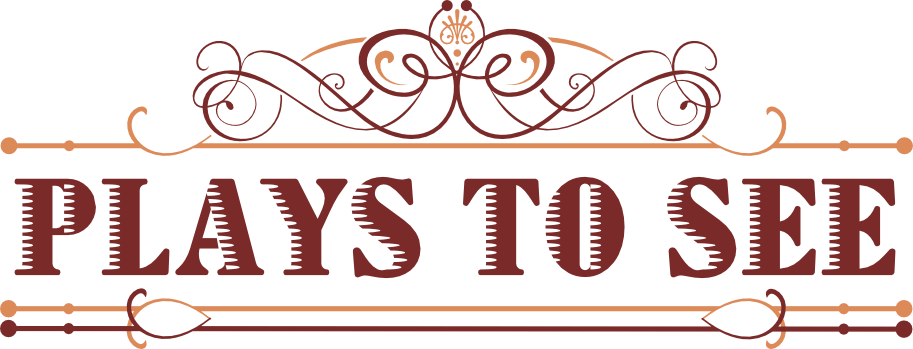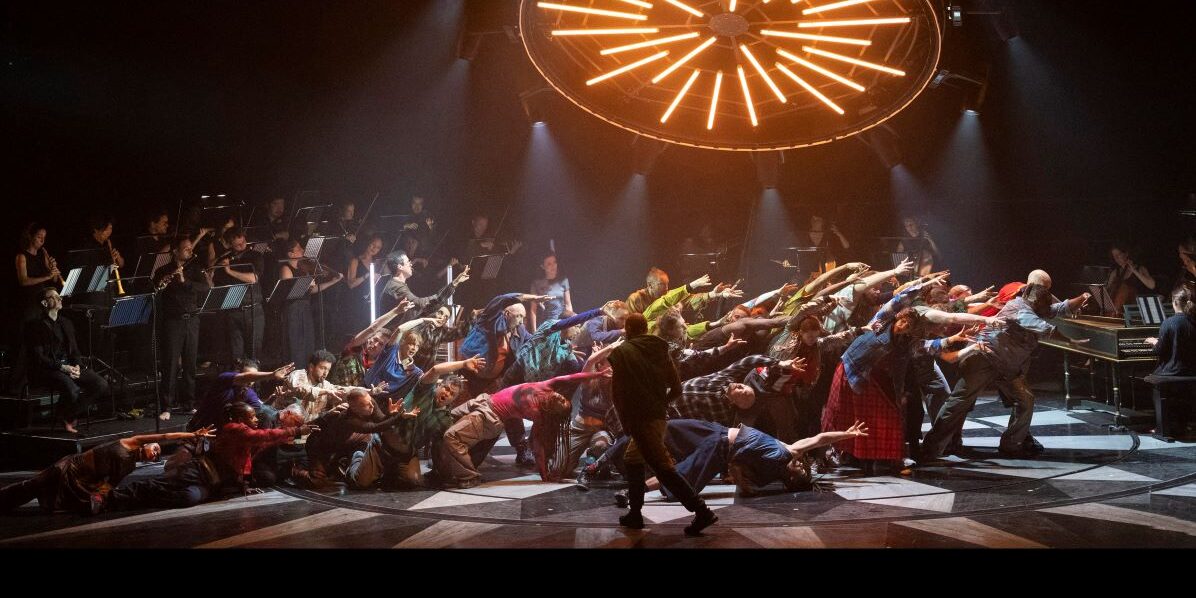Les Indes Galantes (The Amorous Indies) receives here its first fully-staged production in this country, which is a huge reason for celebration in itself, amply justified across a long but thoroughly rewarding and absorbing evening.
One of the reasons why Rameau’s opera-ballets have travelled with difficulty is that they defy regular operatic categories. Quite unlike the da capo Italianite tradition in which Vivaldi and Handel wrote, the music is a quirky melange of often very short, highly contrasted items, many of them purely instrumental, with as much emphasis on dance as on singing, where plots are sketchy and action is highly stylised, even abstract in its depiction of the intellectual conflicts of the Enlightenment era – whether the morality of colonialism or the abuse of religion by priestly hierarchies. Moreover it is highly demanding to perform given that the composer wrote for performance a whole tone lower than modern standard pitch.
Yet it is the opposite of dull. The orchestration, particularly of the woodwind, is original and delicious in its varied colours and harmonic palette. The vocal melodies are both jauntily cheeky and lyrically exquisite, and there are huge creative opportunities for a daring dance expert to swoop in and reinvent the choreography, where the originals are entirely missing. In this opera alone what director could resist the chance to depict a shipwreck, a festival in worship of the sun, a volcanic eruption, and a solemn concluding dance in celebration of the glories of untouched majestic forests?
The leadership here between music director Leonardo García-Alarcó and director Bintou Dembélé is tightly knitted to the extent that they enter and begin the mythological prologue together – high authenticity meets hip-hop, suave sophistication joins hands with street-dance, in ways that mostly succeed, and always creatively provoke.
Musically, this is a very strong performance. Early music specialists Cappella Mediterranea, together with the Namur Chamber Choir, and dance company Structure Rualité, combine with four soloists to put on a true spectacle. The ensemble skills in singing and dancing offer exactly the synergy of media that Rameau intended for his original court performances, and the orchestral sonorities offer continuous solo surprises and collective harmonic and rhythmic daring that seems just too modern for 1745. Placing soloists and chorus in the body of the theatre brought the audience into the action in a way rarely permitted in Baroque opera prodution , and I hope other companies choose to emulate their choices.
The four soloists have many roles to deliver, whether divine or human. It is a lot of text and vocal lines to negotiate across the evening, and inevitably some roles come across more strongly characterised than others. Ana Quitans made a strong impression as Hebe in the Prologue, singing right in the middle of the audience and Laurène Paternò, the other soprano lead had a magical duet moment with the solo flute that made you wonder whether Donizetti knew it when he came to write Lucia a century later. Andreas Wolf has a wonderfully stentorian bass voice, but at times it needed more discipline and nuance in the phrasing. Alasdair Kent acted well but could not always be heard over the orchestra.
And this takes us to my own main grumble with the production. The staging and lighting in particular offered many moments of creative success, with the use of an elevated disc above the stage always yielding dividends. But by placing the orchestra divided in two across the backstage, the director created a few problems elsewhere. Yes, we got the full benefit of the glorious playing, but that would have been so from the traditional pit too. As it was, there were times when orchestral tone swamped the soloists and, worse, the orchestral positioning restricted the space available for dance, thus masking and blurring important choreographic elements in the presentation.
While this does not majorly detract from an evening of rare music-making, a longer residency at the Grange might have allowed them to address some of these issues, and one hopes that this will be the case in the later stages of their European tour.
Music: Jean-Philippe Rameau
Libretto: Louis Fuzelier
Conductor: Leonardo García-Alarcón
Director & Choreographer: Bintou Dembélé
Cast: Laurène Paternò, Ana Quintans, Alasdair Kent and Andreas Wolf.
Until 2 July 2025
3 hrs 40 mins with dining interval
Photo Credit: Richard Hubert Smith

